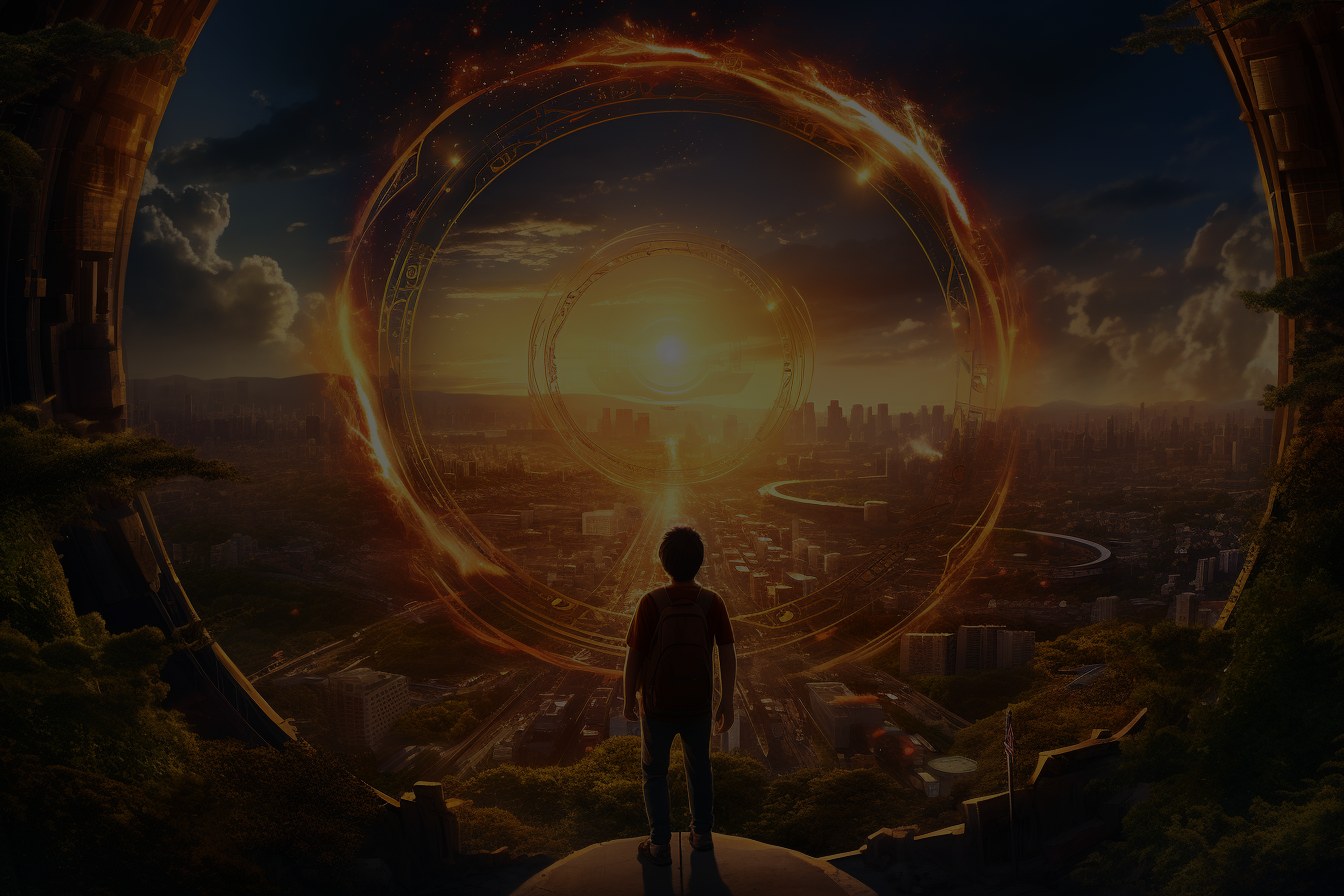Artificial intelligence (AI) and virtual reality (VR) can transform mundane, standardized lessons into meaningful, personal experiences. Educators who leverage these tools properly can impact their students in a way they never could before.
1. Multimodal Learning
VR elevates multimodal learning to new heights. Instead of simply incorporating visual and audio queues into lessons, educators can leverage haptic feedback to simulate pressure, vibration and other characteristics. Each interaction becomes a unique experience by introducing meaningful physical sensations.
Traditional classrooms can be mundane, but a virtual environment is lifelike and mentally stimulating. Since learner-centered lessons and activities are inherently more personal, VR with haptic feedback becomes a way to reach maximum personalization.
2. Customized Progression
AI can use data in real-time to drive students’ progression by analyzing their relevant behavioral and grading details. Educators can use this tool to offer unique assignments, tailored studying material or custom quizzes, aligning their instruction with each student’s learning style.
3. AI Tutors
Although professors have office hours and are generally open to impromptu discussions, they simply can’t answer every question — it’s a matter of time and quantity. The ratio of students to educators will always skew, so they can’t personally engage with each one. With the help of AI, students can get answers to their questions almost immediately.
A chatbot powered by a generative model is an excellent solution. The student’s tutor never needs a day off and stays up all hours of the night, so they can access it whenever they need it. Whether they’re studying at odd hours or come to a roadblock during the weekend, a generative model can draw on its massive data set to help them. Of course, generative models come with challenges such as training data and “hallucinations”, however they show great promise to equalize access to premier tutoring.
4. Data-Driven Insights
Since AI-generated data enhances user experience, higher education facilities can use it to customize student interactions. The model can collect insight into their behavior, learning style, attendance and success rate, giving educators crucial insight into each learner. From there, they can use their newfound knowledge to tailor lessons.
5. Lifelike Experiences
Attending a lesson in VR can provide significant affordances over traditional classrooms. The sensations, visuals and interactions in the virtual world combine to create unique learning experiences for everyone. The ability to apply the material in real time makes the process much more personal.
6. Direct Digital Interactions
Another way VR can personalize education is through direct interaction. After all, digital lessons engage students much better than traditional versions. Instead of reading a secondhand account or a description, they can come face to face with what they’re studying.
Students can personally engage with the learning material — they can walk right up to something and grab it. Since everyone will interact with the objects differently, they all come away from the lesson with unique experiences.
7. AI-Driven Feedback
Generative AI can rapidly analyze performance to provide assessments and personalized insights. Educators can use it to give every single student unique, in-depth feedback. It’s a fantastic tool for those who don’t have enough time to respond to everyone personally.
8. Variable Choices
In a virtual world, students can stray from the path and learn on their own terms. They can customize their education to meet their needs by adjusting settings and experimenting with VR technology. Ultimately, the frequency of choices and the option to modify their progression personalizes their experience.
Using AI, instead of engaging with concepts as a group, students can progress at their own pace. For example, a student can stay to study a painting in a virtual gallery long after their peers move on. Or they can break out with another student to have a one on one conversation.
9. Environmental Feedback
Cause and effect are foundational to virtual environments, so students receive an immediate response when they engage with the world around them — interactive objects respond to their actions, providing them with real-time feedback.
Educators can even design things to react in specific ways to make a lesson more impactful. For example, if a nursing student selects the wrong medication, their patient could start to exhibit different symptoms. These kinds of realistic simulations can use AI to personalize the experience for each individual.
10. Virtual Adaptive Learning
In VR and interactive 3D platforms, the environment can change and evolve over time. This kind of adaptive learning system enables students to progress at their own pace, focusing only on content that will further their knowledge and education. Educators who want to make the lesson more personal can introduce a new digital object or adjust the world they’re in. Progression evolves to meet their needs.
11. Personal Recommendations
Large language models like ChatGPT are becoming complex reasoning engines capable of mimicking humans with surprising precision. Where other technologies only react to input without deviation, they can contextualize and reason in real-time.
Because of this, educators can use them to tailor their recommendations. They can prompt an LLM for an answer when students ask for reading material or insight into a topic. Instead of offering them a generic text or telling them to research independently, they can personally interact with each person.
12. AI-Generated Path
A machine learning model can provide educators with ongoing insights, extracting understanding from a student’s performance, learning style, progression rate and attendance. Tracking these quantifiable metrics enables them to give each student a precise and relevant learning path.
13. Custom Collaboration
Educators can use AI and VR environments to create opportunities for collaboration. Peer learning makes no two lessons alike because infinite variables are at play. Each group will come up with a unique, thoughtful answer they wouldn’t have achieved on their own.
VR enhances traditional collaborative methods by allowing students from every background and location to participate. This is especially true for traditional online programs, where interactions are typically more impersonal.
14. Immersive Environments
Educators can explain concepts to the best of their capabilities, yet many students still need real-world experiences to solidify their understanding. For example, those learning about the size of blue whales may have a more accurate picture of reality if they can stand on a virtual ship looking up at a true-sized 3D model of the whale. While professors can provide their own environments for lessons, there are also thousands of predesigned 3D models that can be used to extend the teaching.
15. Dynamic Lessons
VR transforms mundane discussions into personal experiences because it abstracts them. Instead of a one-size-fits-all approach, students receive ever-changing instruction. Educators teach in a dynamic environment instead of recycling old PowerPoint slides or reading straight from a textbook. The constant fluidity makes each lesson unique and engaging for users.
The Power of AI and VR
AI and VR are some of the most powerful technologies educators can access. Whether they create customized environments or introduce a personal tutor, students will feel more engaged and connected to the learning material!




